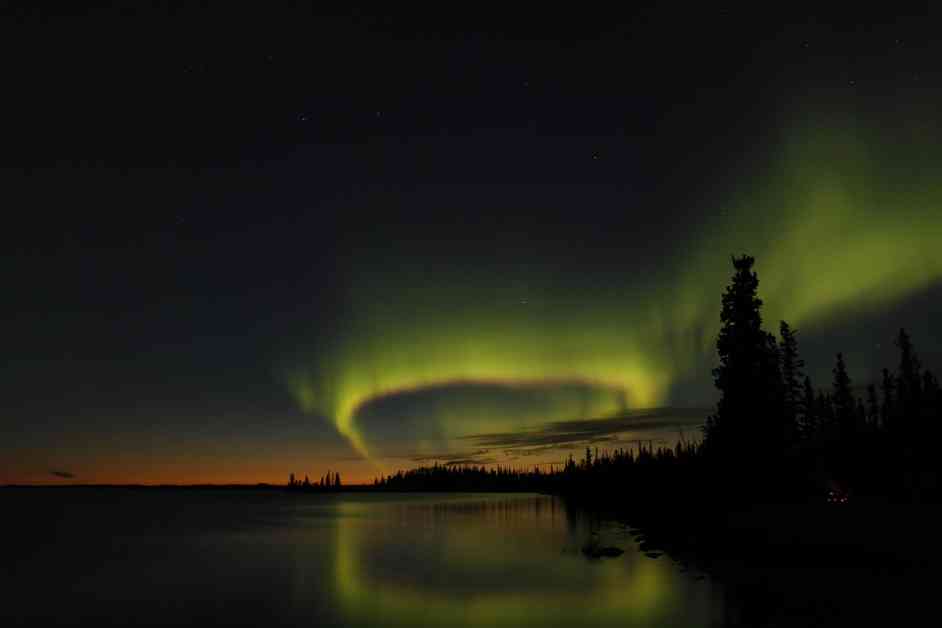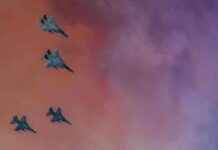This weekend, between the 9th and 11th of August, the Perseid meteor shower will reach its peak. During this time, you can expect to see a celestial show with fifty to a hundred meteors per hour. Additionally, there is a possibility of witnessing the Northern Lights as far south as northern France. This is due to increased solar activity following two X-class solar flares on Monday and a series of M-class flares later in the week. A US space weather prediction center has issued a geomagnetic storm watch alert, highlighting the chance to see the Northern Lights along with the Perseid meteor shower.
Back in May, Earth experienced the most powerful geomagnetic storms in twenty years, resulting in visible Northern Lights in Australia, Europe, and the northern United States. This phenomenon is linked to the current solar activity, which is peaking with strong and frequent solar flares according to the National Oceanic and Atmospheric Administration (NOAA).
The end of this solar cycle, known as “solar cycle 25,” is expected between late 2024 and 2026. Each cycle lasts 11 years and is governed by the Sun’s magnetic field. Space weather forecasters anticipate that it will peak soon with 115 sunspots, from which geomagnetic storms will emanate.
A moderate G2 geomagnetic storm is imminent
The NOAA categorizes geomagnetic storms on a G scale, ranging from G1 (minor) to G5 (extreme). The center has issued a moderate G2 geomagnetic storm watch alert for August 9th and 10th. This event is likely to be triggered by three coronal mass ejections (CMEs) and plasma and magnetic field eruptions. The center specified that two CMEs erupted on Wednesday, August 7th, followed by another on August 8th during an X-class solar flare.
“The coronal mass ejections associated with solar flares are expected to reach Earth’s magnetic field on Friday, August 9th, towards the end of the day,” stated the NOAA. “Solar activity will remain moderate to high until August 10th, with several active and magnetically complex regions on the visible solar disk,” added the space weather prediction center, although predicting their exact arrival time is challenging.
This watch coincides with the peak of the Perseid meteor shower. Meteorologists suggest that under favorable conditions, the Northern Lights could be visible along with the meteor shower in various regions such as Canada, Alaska, New York, Idaho, Washington State, Montana, North and South Dakota, Minnesota, and Wisconsin. In France, astrophysicist Éric Lagadec from the Côte d’Azur Observatory mentioned, “There is a non-zero chance of seeing the Northern Lights in the coming nights.” Olivier Las Vergnas, president of the French Astronomy Association (AFA), also stated, “There is a non-zero probability of seeing the Northern Lights, following the unusual episodes observed in early May due to a historic solar storm.” “It will be worth watching.” Solar activity has been more intense than expected this year, hinting that geomagnetic storms may become even more frequent by 2025.

















